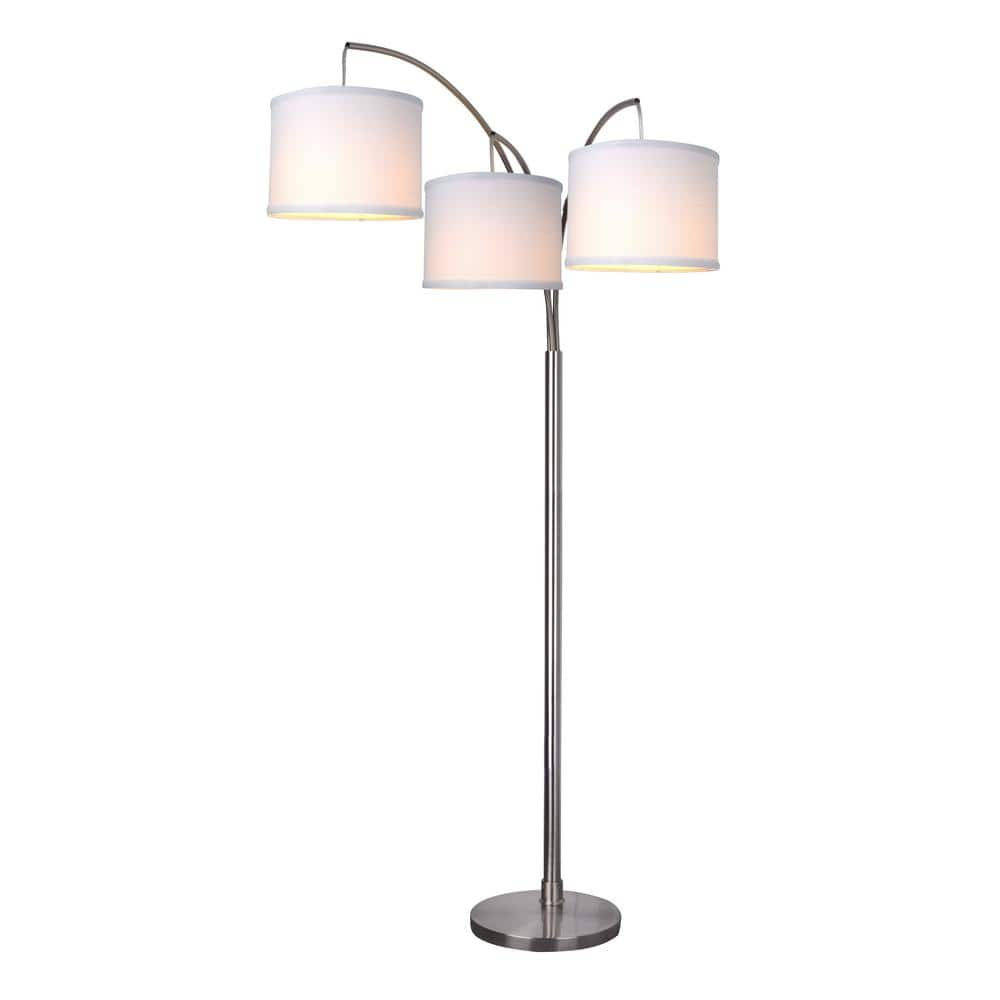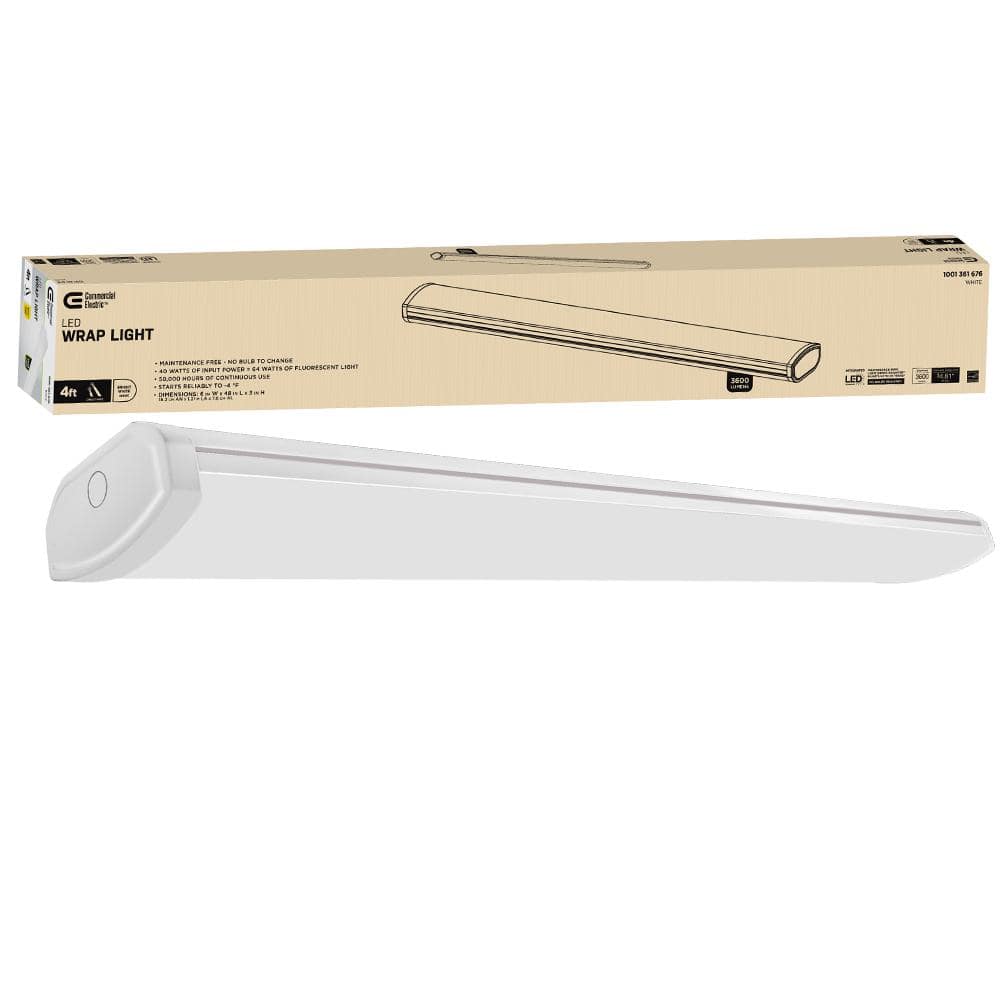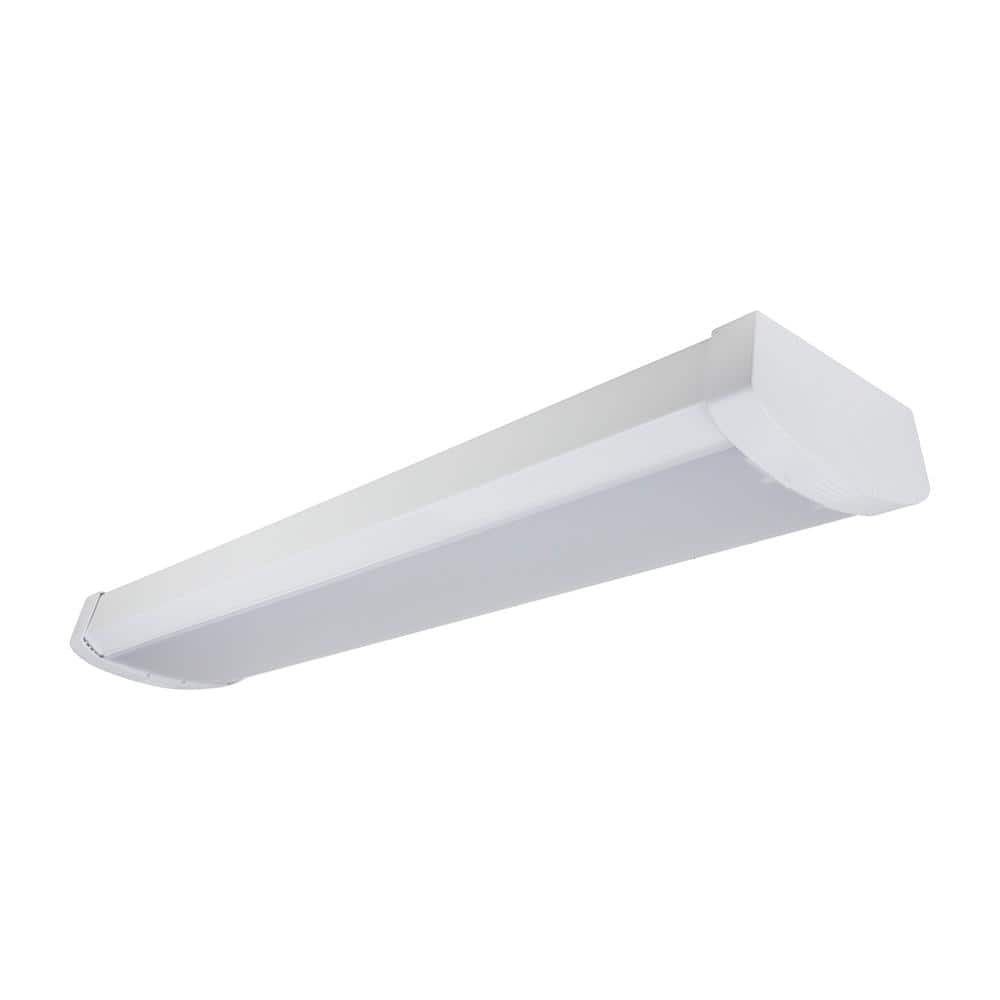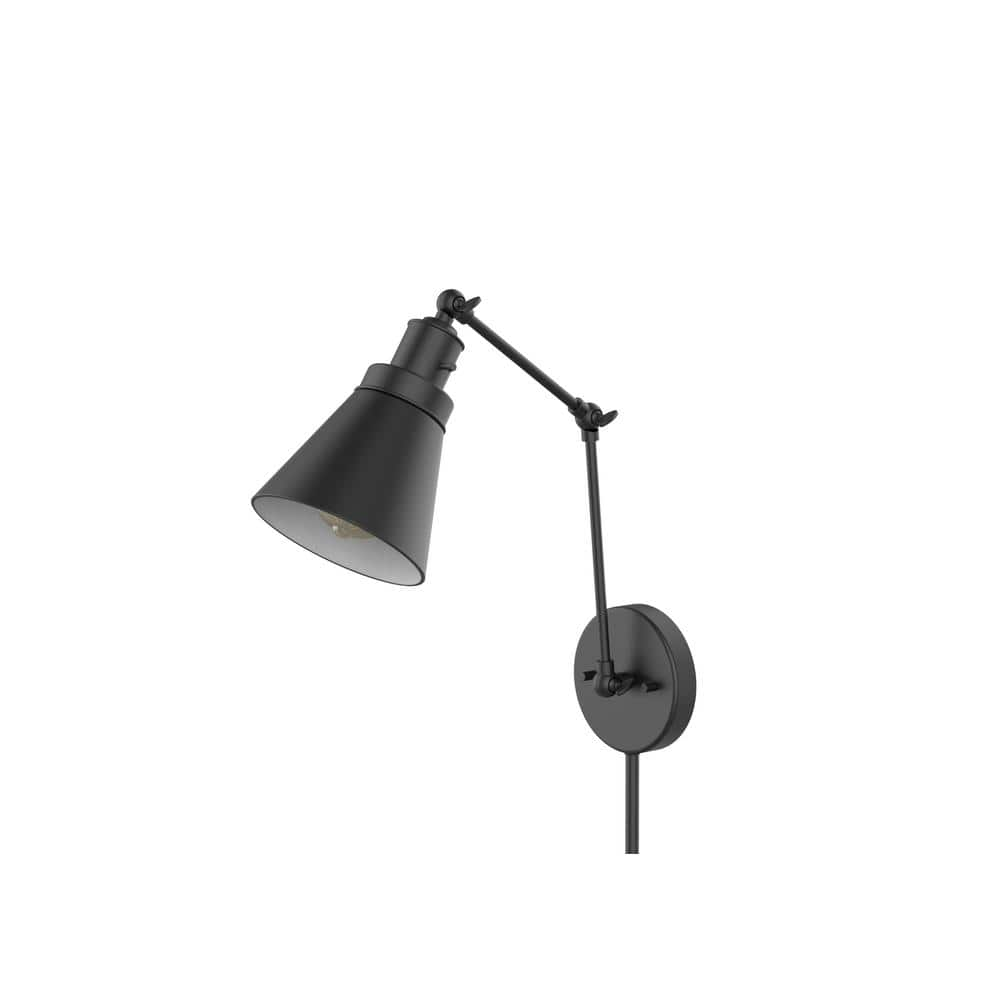Hampton Bay Ellsworth 1-Light Oil Rubbed Bronze Swing Arm Plug-In Wall Lamp with Fabric Shade
Adjustable swing arm feature allows for light where it is needed. Uses one medium base bulb up to 60-Watt, sold separately. Perfect addition to your hallway, foyer, dining areas and more.
1 Light oil rubbed bronze swing arm wall sconce with cord and plug adds a warm and functional light option for any room or space. Designed with rich oil rubbed bronze finish and fabric cream shade to match any decor style. Adds focal point to any space.
- Beautiful oil rubbed bronze finish with fabric shade works with all decors from farmhouse to clean and simple
- Adjustable swing arm feature allows for light where it is needed
- Includes cord with plug and matching oil rubbed bronze wall cord cover
- Uses one 60-Watt standard medium base bulb-not included
- Plug into wall outlet
- Easy installation instructions included
- Includes 7 1/2 in. fabric shades
Additional information
| Dimensions | H 12.75 in, W 20 in, D 18 in |
|---|---|
| Manufacturer Warranty | 1 Year Limited Manufacturer's Warranty |






by Richard
(If properly located) The lamp is handy for night needs in bedroom (phone call, dog sounding off (prowler), using a lighter duty light it doesn’t wake your mate during “night calls”(bathroom, etc.)
by Greg
Nice little lamp for my office. Looks good, easy to put up.
by Michael
we bought 2 of this for the side of are bed .we use them as reading lights before going to sleep . they are easy to swing as we need them and very sturdy . they were easy to assemble and hang on are bedroom wall next to are bed.
by Dee
I have two of these lights over the beds in my bedrooms and I love them.
by Bobby
I was replacing the exact wall lamps I had previously, so the mounting was very easy to do.
by Wendy
So easy to hang, the light was so perfect for my space! I put a Phillips Hue color bulb (also a 5 ☆ review) in it and now I have a beautiful light with beautiful ambiance as well!
by Andrea
Great quality lamp for the price!